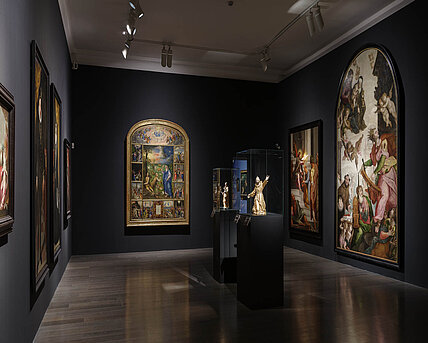Discover the
Universalmuseum Joanneum
Graz
Styria
Closed

Enter Museum
Tierwelt Herberstein
More than 85 animal species from all continents live in the Herberstein Animal World.
Universalmuseum
Joanneum
Back to Universalmuseum Joanneum
Alte Galerie > Our programme > Exhibitions



















